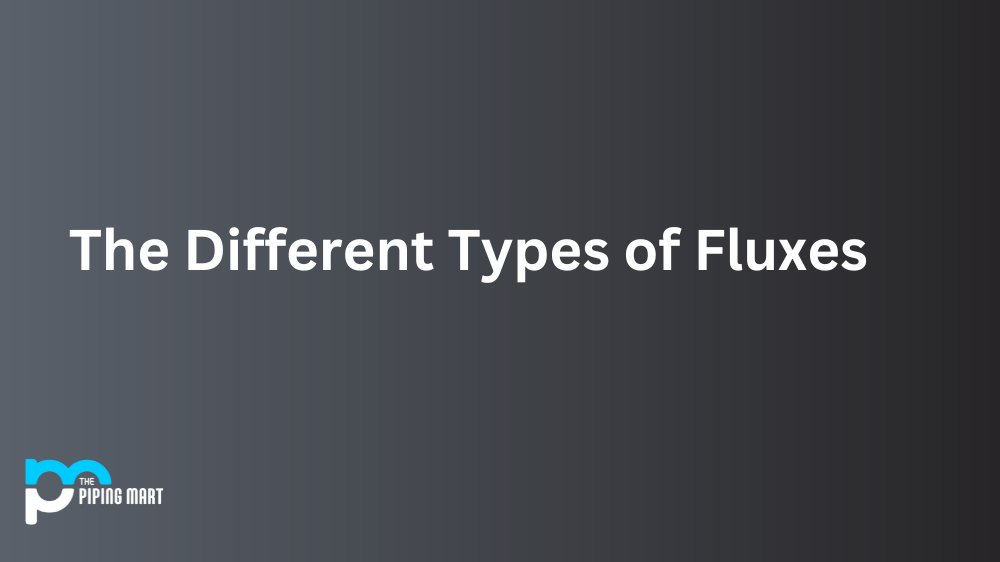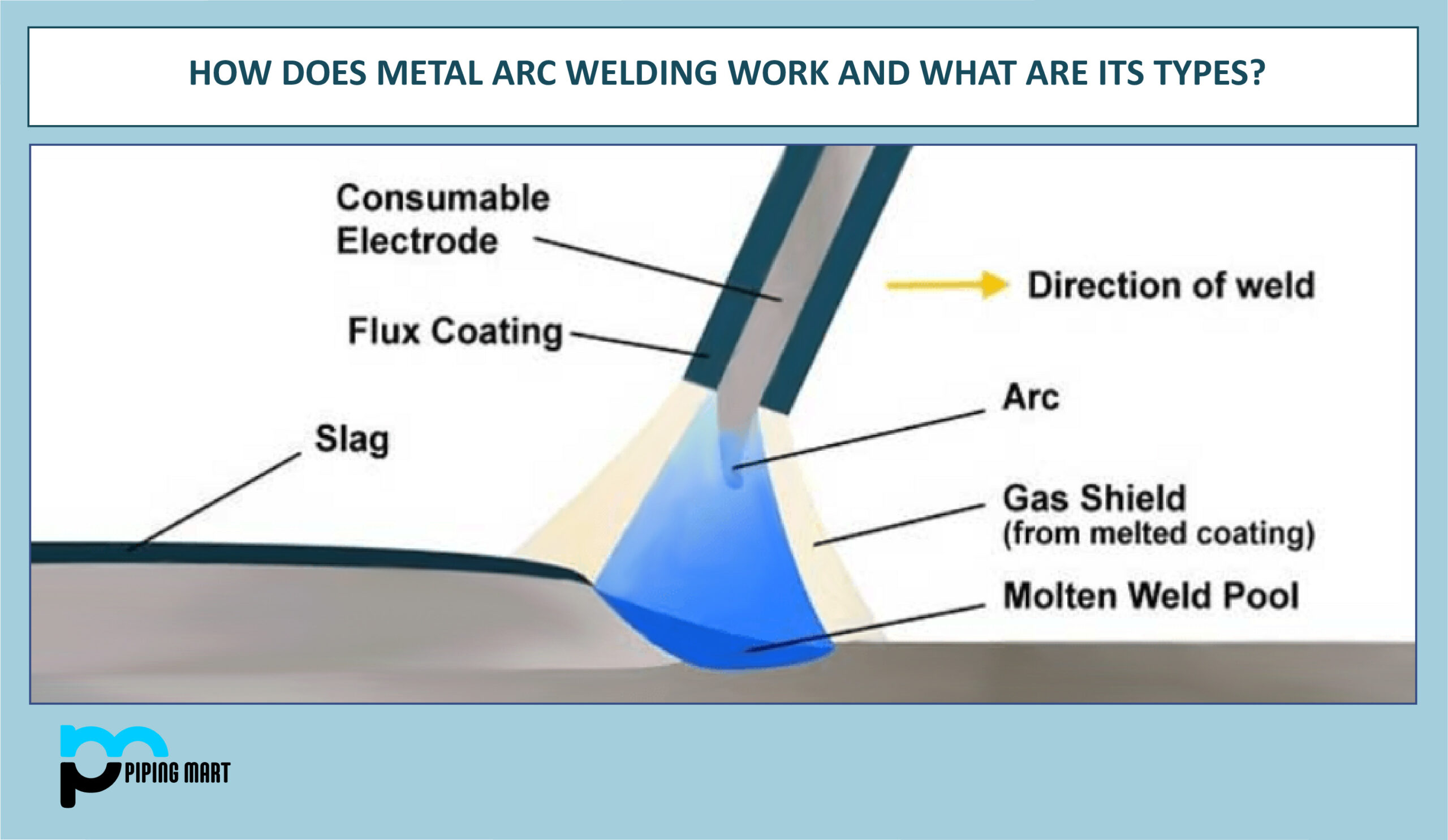Fluxes are essential materials used in various industrial processes. They are available in many different forms, each with unique characteristics and applications. This blog post will take a closer look at the different types of fluxes and what they can be used for.
Types of Fluxes
Soldering Fluxe
Soldering flux is a substance applied to the surface of solder joints to reduce oxidation. This type of flux helps cleanse the metal surfaces and allows for better wetting of metals by the solder. It also helps eliminate oxide layers on the joint surfaces, allowing for improved electrical conductivity. Soldering flux is available in a variety of formulations, including liquid, paste, rosin-based (rosin flux), synthetic resin-based (no-clean flux), and halide-based (acid core).
Cleaning Fluxe
Cleaning fluxes commonly remove oxides from metals before welding or soldering operations. These substances work by breaking down the oxide layers on metal surfaces so that more effective wiping can be performed using cloths or wire brushes. Cleaning fluxes are usually composed of an acid combined with other chemicals such as alcohols or hydrocarbons.
Brazing Fluxe
Brazing is a process that involves joining two pieces of metal together by melting a filler material between them at temperatures above 840°F (450°C). Brazing requires special brazing flux, which helps prevent oxidation during heating and promotes wetting action on the base metals by reducing their surface tension. Brazing flux is typically composed of borax or phosphoric acid combined with other additives, such as silicates and fluorides, depending on the application requirements.
Flux Cored Arc Welding (FCAW) Fluxes
FCAW welding requires special welding rods with prefilled flux cores. These rods provide shielding gases to protect the weld pool from atmospheric contamination while also providing additional alloy elements that help strengthen the welded joint. FCAW welding rods are often filled with either basic or cellulosic-type welding rod fluxes depending on application requirements such as depth of penetration and strength required in the finished weld joint.
Conclusion:
In conclusion, many different types of fluxes are available today, each suited for specific industrial processes such as soldering, brazing, cleaning, and FCAW welding. Understanding what each type does will help you make more informed decisions when selecting the right one for your particular application needs. With knowledge about these materials comes greater confidence when performing any industrial process requiring their use!

Abhishek is a seasoned blogger and industry expert, sharing his insights and knowledge on various topics. With his research, Abhishek offers valuable insights and tips for professionals and enthusiasts. Follow him for expert advice on the latest trends and developments in the metal industry.




